How to cut plexiglass?
brusso
17 years ago
Featured Answer
Sort by:Oldest
Comments (29)
snoonyb
17 years agosombreuil_mongrel
17 years agoRelated Professionals
Dallas General Contractors · Del Aire General Contractors · Merrimack General Contractors · Mililani Town General Contractors · Muskogee General Contractors · North Lauderdale General Contractors · Austintown General Contractors · Manchester Painters · Allen Painters · Blue Island Painters · East Bridgewater Painters · Minneapolis Painters · Ridgewood Painters · Savannah Painters · Irondale PaintersUser
17 years agoover_n_under
17 years agowestern_pa_luann
17 years agomike_kaiser_gw
17 years agobrickeyee
17 years agomike_kaiser_gw
17 years agobrickeyee
17 years agosdello
17 years agobob_cville
17 years agodrywall_diy_guy
17 years agomikel2020
17 years agoMongoCT
17 years agolazypup
17 years agotomcat_7475
15 years agonetlos
15 years agodrywall_diy_guy
15 years agocountryboymo
15 years agoharry_wild
15 years agobill_g_web
15 years agowas_google_com
13 years agogreencleaning
13 years agobondrey102
13 years agosombreuil_mongrel
13 years agocobra64_comcast_net
12 years agojehiatt
11 years agobrickeyee
11 years ago
Related Stories

ENTRYWAYSGlass Doors That Welcome — and Protect Your Privacy Too
These front-door designs let in the light but keep your air-guitar performances safely in-house
Full Story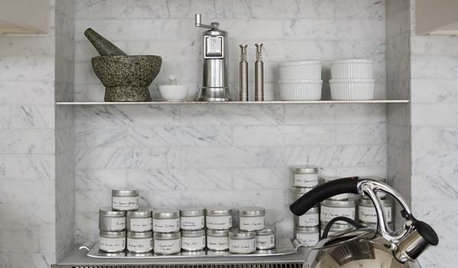
KITCHEN DESIGN24 Hot Ideas for Stashing Spices
Create a Mini Spice Pantry in a Wall, Drawer, Island or Gap Between Cabinets
Full Story
KITCHEN DESIGNThe Future of Backsplashes
Grout is out. Continuous sheets of glass, stone, metal and porcelain are saving cleaning time and offering more looks than ever
Full Story
KITCHEN DESIGN10 Gorgeous Backsplash Alternatives to Subway Tile
Artistic installations, back-painted glass and pivoting windows prove there are backsplash possibilities beyond the platform
Full Story
LIFEHow Your Landscaping Can Keep Burglars Away
Prevent home break-ins with strategic landscaping and good practices instead of menacing — and maybe less effective — measures
Full Story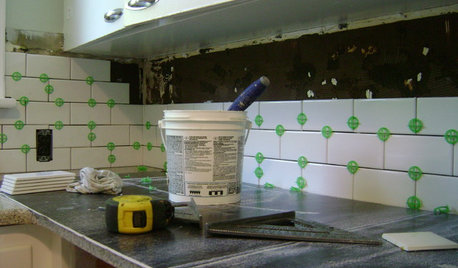
MOST POPULAR19 Kitchen Projects Every Homeowner Should Know About
Could your kitchen use a new sink, a backsplash, updated hardware, better organization, a good cleaning? Here's how to get started
Full Story
MATERIALSMaterials Workshop: Polycarbonate — a Low-Cost Alternative to Glass
Looking for something lighter, stronger and less expensive than glass? Multiwall polycarbonate may be a good option
Full Story
ENTRYWAYSNo Entryway? Create the Illusion of One
Create the feeling of an entry hall even when your door opens straight into the living room. Here are 12 tricks to try
Full Story
KITCHEN DESIGNHow to Add a Kitchen Backsplash
Great project: Install glass, tile or another decorative material for a gorgeous and protective backsplash
Full Story
KITCHEN DESIGNHouzz Call: What’s Cooking in Your Kitchen?
Most of us turn to recipes, videos and culinary shows when we cook. Where do you set your cookbook, tablet or TV screen?
Full StoryMore Discussions






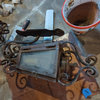
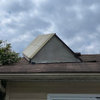


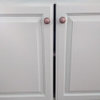
jamesbodell